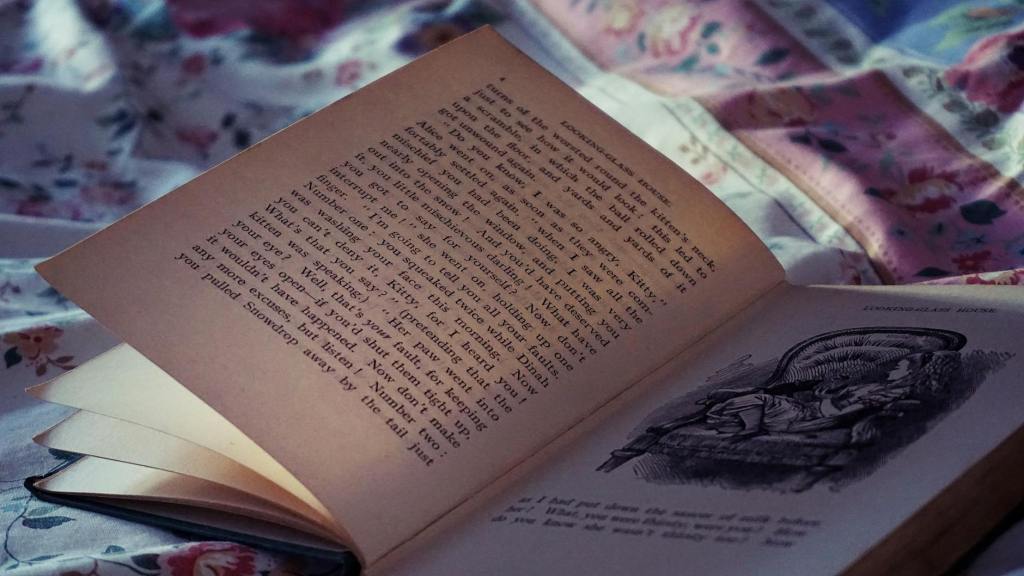By Daniel Robinson, Quark Editor-in-Chief
Duquesne University was lucky to host visiting scholar Dr. Douglas Higinbotham, a staff scientist at Thomas Jefferson National Accelerator Facility in Newport News, Virginia, from November 14 through December 9, 2016. Dr. Higinbotham gave a four-lecture mini-course for students and delivered a public lecture – “Building Blocks of Matter” – to a packed Pappert Lecture Hall. In early December, the Quark’s Editor-in-Chief sat down with Dr. Higinbotham for an interview on his work and experiences.
What got you interested in your field?
When I went to graduate school at the University of Virginia, I couldn’t figure out what I wanted to do. I liked science, and I liked physics, but I didn’t know which subfield. I couldn’t decide which group to join. Once I passed my qualifying examination, professors started coming to recruit me for their projects. One day, I’m wandering around the building, and one of the professors leans his head out of his office and says, “Doug, you wanna go to Amsterdam?” Of course, I said yes! That got me into nuclear physics. In the city of Amsterdam, there used to be a particle accelerator. Believe it or not, I went to Amsterdam, and although I was in this beautiful, unique and historic city, I actually spent almost all of my time working at the particle accelerator.
What brought you to Duquesne?
My invitation to Duquesne can be tracked all the way back to December of 1999. At that time, I started as a postdoc at Jefferson Lab. That same month, Fatiha Benmokhtar, who’s now a professor [at Duquesne] was sent to Jefferson Lab, as well, as a PhD student. I worked with Fatiha on her thesis experiment, and we have maintained contact over the years as we both progressed in our careers in nuclear physics. Dr. Benmokhtar suggested me to Dr. Simonetta Frittelli, and an invitation came from her and the Dean.
What are your research interests?
The size of the proton is currently my favorite research topic. For a long time, scientists thought the radius was 0.88 fm (femtometers). About five years ago, a group with a very precise measurement found a value of 0.84 fm; and now, there’s this fight brewing in my field where you’ve got those who find the 0.84 fm result convincing, while others believe that the older results are correct. I’m part of the 0.84 fm group.
What’s your favorite part of working at Jefferson Lab?
I love working with students. In particular, I love it when a student takes a project you have given them to work on and comes back with a surprising result. It is not always right, but they’ve thought about a problem differently than you did. So, instead of rejecting surprising results out of hand, my point of view is always to sit back and go, okay, why did they see that, what’s going on here? Several times, this interaction has led to publications. On average, I am working with ten different students a year.
What are some of the applications of the work going on at Jefferson Lab?
All kinds of stuff. Very close to [Jefferson Lab] is a proton therapy machine. Protons are awesome for killing cancer, because [they] stop suddenly. So as protons are passing through matter, they’ll violently collide with something and stop, which means they can leave a large radiation dose in a very small area. Oddly enough, humans have known how to make proton beams for 50+ years. What we didn’t know how to do was to control that proton beam well enough so that it would pass through healthy tissue and hit just the cancer. To do that, I need to not only put the beam in the correct position, but set the energy of the beam just right, because I want to stop on the cancer, not on healthy tissue, like your brain or organs. What one needs to do is calculate all the material the beam will pass through very precisely and put the beam on that spot. What I needed, and people didn’t have, was an MRI machine and high-speed computers. I need MRI and computer control to make digital images of your body, set the energy of the beam, aim, and hit the cancer.
The other thing we have in Newport News where the lab is located is a port. We’re one of the biggest seaports on the East Coast. And people worried, especially after 9/11, about people bringing a dirty bomb into the country. So every single container is put past a radiation detector. These detectors are the same types of detectors that we use in our experiments. They are designed as arches—and the trucks just drive through the arch. They’re weighed and are measured for radiation. So, if you have a nuclear weapon in your truck, port security is either going to see it because it causes the detectors to light up, or the truck is going to be so far overweight, it’ll be inspected carefully. It makes industry happy because all you have to do is drive your truck slowly past the arch.
Where do you see the field going in the near future and what do you think the most exciting opportunities are?
Unless CERN starts seeing new particles, I think there’s going to be a huge return to quantum chromodynamics. There’s been a lot of focus on ideas, such as supersymmetry and string theory; but so far, it’s not panning out the way people had hoped. Based on those ideas, people were hoping to see a next generation of particles and a new level of complexity to the standard model. Instead, at CERN, which is the highest-energy machine we’ve made, we’ve seen the Higgs Boson as predicted by the standard model but we haven’t seen a new collection of stuff yet. Maybe it’s lurking around the corner and we’ll see it tomorrow. If we don’t, the focus is going to return to quantum chromodynamics, the physics of confined quarks and gluons. This is really the physics of the old masters, like Richard Feynman and that generation. One interesting feature of quantum chromodynamics is no one can solve the equations exactly; on the other hand, you can make a grid, put the rules on the grid, and you solve it on a lattice. As time has marched on and computers have gotten faster, we’ve made the grid spacing small enough and the total grid size large enough that we’re mimicking the size of a proton. So one can start to get the dynamics of the proton on a lattice (known as lattice quantum chromodynamics), maybe not exactly yet, but as I keep making the grid size smaller and smaller, I should be approaching the complexity of a real proton.
What has been the biggest challenge of your career?
Oddly enough it was publishing a simple fit – even though every statistics textbook tells you to do the simple fits first and don’t go to the more complex fits until you’ve rejected the simple ones. Just imagine you have some points of data that can be described by a line. One can, of course, take a complex
function and wiggle through those same points; but the more complex function isn’t necessarily justified. Now, imagine what would happen if the fit using the complex function passes peer-review and is published first. Then, you come along with a simple line fit for the same data. Who do you think your peer reviewers are going to be? It’s not just any old scientists, it’s the scientists with the complex fits! So, of course, when I attempted to publish the simple fit, I had amazing fights over it. That was quite a battle. That was fun.
What has been the most important lesson of your career?
Believe your data and don’t focus on the results other groups have obtained. When one gets experimental data, regardless of the field, one should handle that data as if it were the only data in the world on that topic. Put in all the corrections that you know you should, question your systematic error and do what you can to minimize it; question your statistical error and do what you can to reduce it honestly. When you’re done with your analysis, go back over it again with fresh eyes and see if there is anything that you missed. Only then should you step back, take a look at your results, and compare them to others. Throughout this process, ignore the other results, because you don’t want to be tempted to stop at a result because you got the answer the other group got. There is always a temptation to stop when you get agreement. Instead, put in all the corrections you know are there, and if you get a different result than the other group, stand up and say it.
Do you have any advice for students who are interested in exploring the sciences and doing their own research?
That’s where undergraduate programs come in. The National Science Foundation’s Research Experience for Undergraduates (REU) and the Department of Energy’s Summer Undergraduate Learning Internship (SULI) are awesome, ten-week programs. They’ll pay to fly you out to a national lab or a university and spend ten weeks conducting a research project. In fact, when I was a student, I did an REU program at Penn State on atomic physics and it helped me realize then and there that I love basic research. Now, I act as a mentor for Jefferson Lab’s SULI program.
Cite this article:
Robinson, Daniel. “The D.U.Quark Talks to Dr. Douglas Higinbotham.” The D.U.Quark, 1.1 (2017): 4-7. https://duquark.com/2017/02/06/the-d-u-quark-talks-with-dr-douglas-higinbotham/
Download the PDF here
_________________________________________________________________
Information on the internship opportunities mentioned by Dr. Higinbotham can be found here.
A summary of Dr. Higinbotham’s “Building Blocks of Matter” lecture can be found here.





Leave a comment